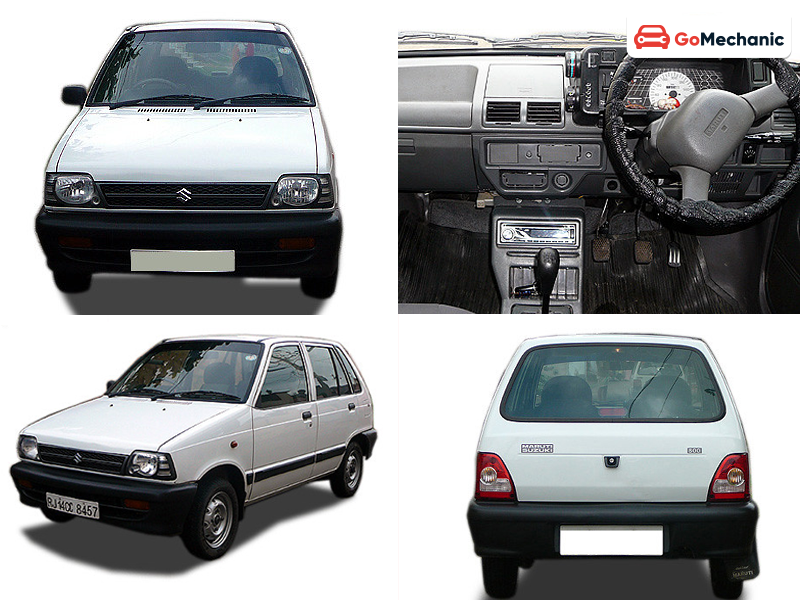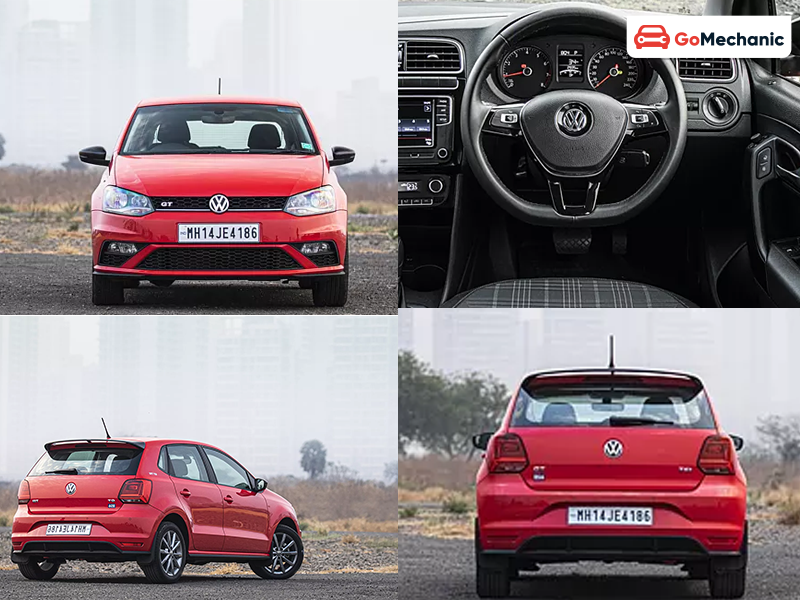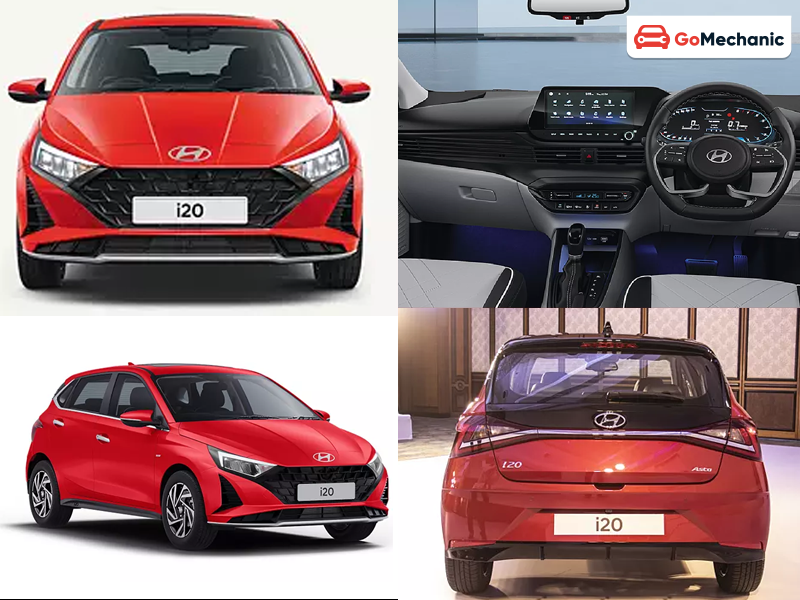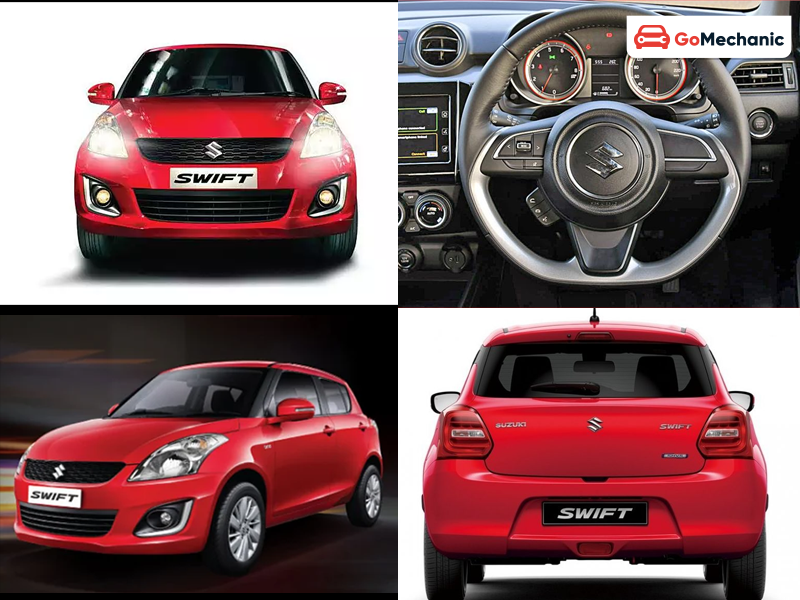It’s a country whose roads are as different as people; hence, India has forever been the playing field of small, practical cars. But amidst this sea of hatchbacks flooding our streets lies a breed of cars that captures the true petrolhead’s heart: the hot hatch. These pocket rockets blend practicality with performance and have undergone quite a development journey in India—nothing short of exhilarating.
Early Days: A Slow Burn
In the 1990s and early 2000s, very few knew what a hot hatch is. Be it the Maruti 800 or Hyundai Santro, our market was ruled by wallet-friendly, fuel-efficient hatchbacks that served the common masses but left enthusiasts high and dry for want of performance. All of that started sowing seeds of excitement with cars like the Maruti Suzuki Zen and the Fiat Palio 1.6.

It was left to the Zen, in its “carbon” and “steel” editions, to show people what more could be done—lightweight, peppy, and just a hoot to drive. However, it was the Fiat Palio 1.6 that really got the hot hatch ball rolling in India. Under its hood, it packed an engine developed for 100 BHP, and the Palio 1.6 was a revelation. It wasn’t just A to B; it was the zest for the ride. The Palio, though, was well ahead of its times, and people weren’t quite prepared to buy a car which valued performance over mileage.
The Mid-2000s: Laying the Foundation
With the maturing of the Indian car market, the appetite for performance-oriented cars increased. The mid-2000s saw the launch of the Maruti Suzuki Swift, which became a runaway success overnight. Of course, the regular Swift was anything but a hot hatch—its sporty handling and peppy mill made it just the right ingredient for an instant favourite among the enthusiasts. It could be a car that turned practical for daily grind and a hoot on twisty mountain roads.
2013 was the year of the revolution in the form of the Volkswagen Polo GT TSI. Here’s a car that had all the makings of a true hot hatch: a turbocharged engine, dual-clutch automatic transmission, and solid European build quality. In a way, the Polo GT TSI did what few others could—it got your heart racing without burning a hole in your pocket and set a new benchmark for hot hatches in India.
The 2010s: The Golden Age
The 2010s truly were the golden age of hot hatchbacks in India. Finally, carmakers sat up and took notice of the swelling ranks of enthusiasts who wanted a little more in their car than economy and reliability. It was also during this time that a raft of hot hatch legends came into being.
The Fiat Abarth Punto with its 145 BHP 1.4L turbo-petrol motor was simply a pocket monster on wheels—raw, unfiltered, and brazenly set up to give its driver an exciting time behind the steering. Then there were the Maruti Suzuki Baleno RS and Tata Tiago JTP, bringing a bit of performance to the common man sans everyday-use-related compromise.

The Hyundai i20 N Line, launched in 2021, really sealed the deal for hot hatch enthusiasts in the Indian market. Here was the whole package—the coming together of Hyundai’s premium features with its sporty character made it an all-rounded package for people wanting a taste of performance without getting hard-core on both comfort and practicality.
Present and Future: Changing Landscape
The hot hatch segment in India is certainly at a crossroads today. Tighter emission norms and increasing SUV adoption have put pressure on this niche market, though the passion of the petrolheads hasn’t dimmed an iota. Like the present crop of hot hatches—the Tata Altroz iTurbo and the Volkswagen Polo GT—continues to dish out to those who crave driving pleasure.
The future of India’s hot hatch could be electrification versus performance. Globally, all attention is on hybrid and electric vehicles—this means we shouldn’t be far away from getting a hot hatch that brings together the excitement of driving and the advantages accruing from electrification. Just imagine instant torque from an electric motor hooked to a hot hatch with dynamics—that could be the next big thing for Indian petrolheads.

Conclusion: Beat of Enthusiasts
The history of hot hatchback cars in India is not one of the cars themselves, but representative of the growing fraternity of driving enthusiasts. From humble Zen to modern day Polo GT TSI, the hot hatch has made its way very dear in an Indian petrol head’s heart.
One thing which the future will definitely bring is the passion for performance driving the evolution of the hot hatch in India. After all, as is always said, it is not about reaching from point A to B; it is about how one gets there. And for a true petrol enthusiast, that journey shall always be in a hot hatch.






